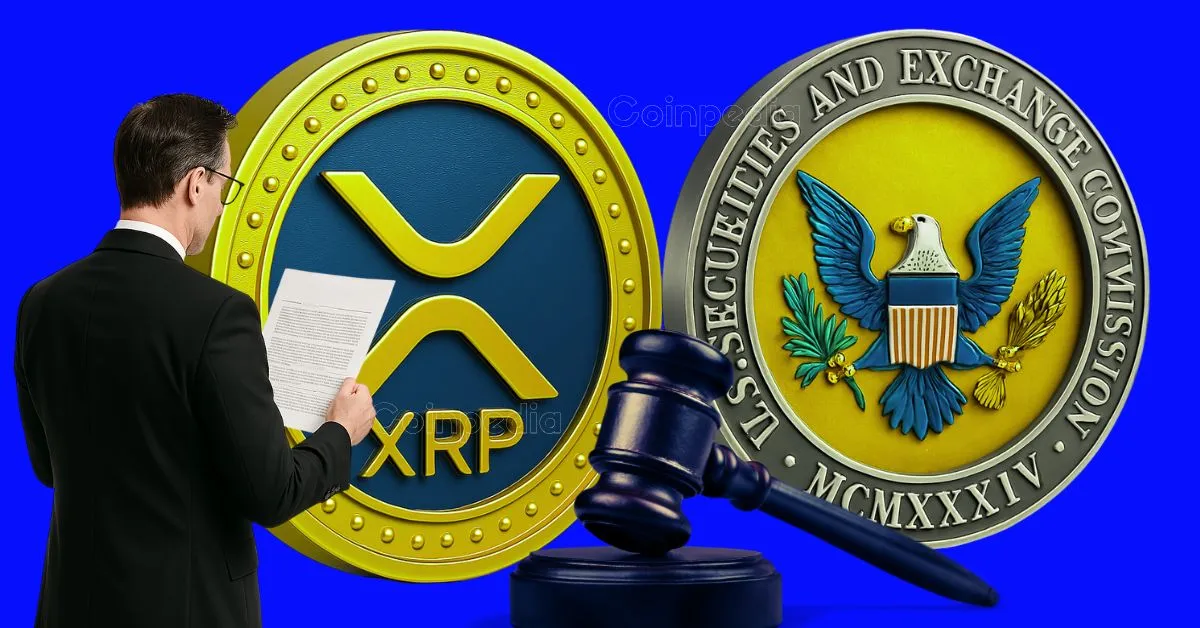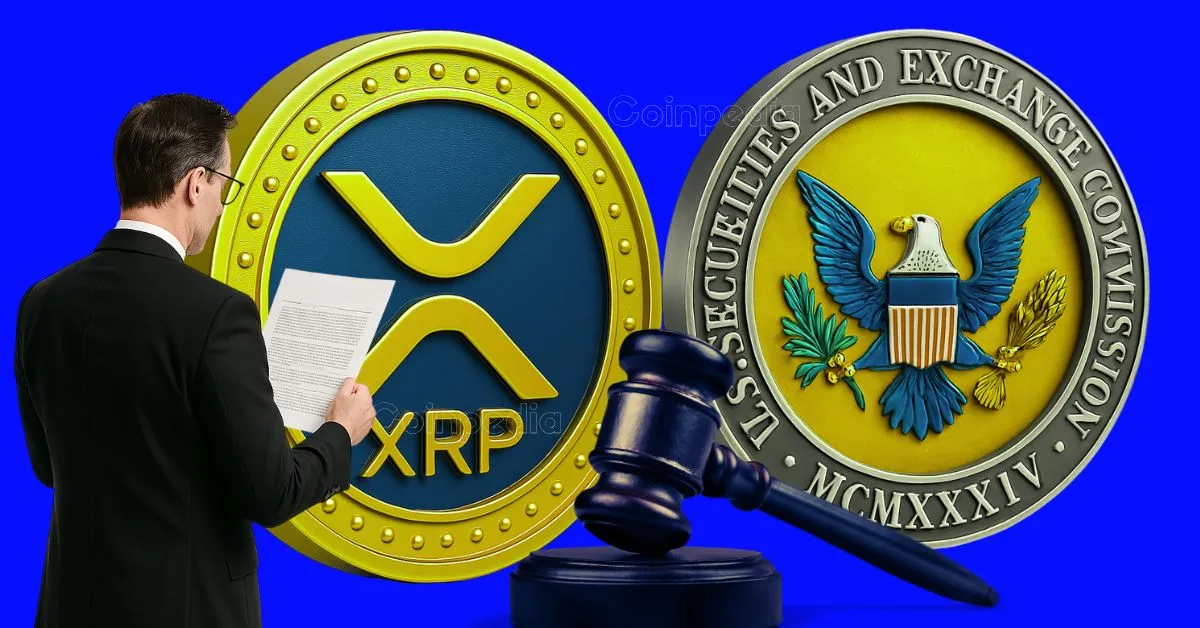The Ripple vs. SEC Saga: Courtroom Drama, Procedural Pitfalls, and an Uncertain Future
The Ripple vs. SEC legal battle has become a defining narrative in the cryptocurrency world, embodying the tension between innovation and regulation. The recent rejection of a joint motion for an “indicative ruling” by Judge Analisa Torres has injected fresh uncertainty into the case, leaving XRP holders and industry observers in limbo. This development is not just a setback for Ripple but a critical moment that could shape the future of crypto regulation in the U.S.
The Rejection: A Procedural Roadblock
Judge Torres’s decision to deny the joint motion was rooted in procedural concerns rather than the merits of the settlement itself. The motion sought to reduce Ripple’s penalty from $125 million to $50 million and terminate ongoing appeals, signaling a rare consensus between the parties. However, Judge Torres deemed the request “procedurally improper,” emphasizing that courts cannot simply vacate final judgments based on private agreements. Her ruling underscored the judiciary’s role in upholding public interest and maintaining the integrity of prior decisions.
The implications of this rejection are significant:
– The court’s prior findings that Ripple’s institutional sales of XRP constituted unregistered securities offerings remain intact.
– The original $125 million penalty stands, despite the negotiated reduction.
– Appeals and further legal maneuvering are now back on the table, prolonging the uncertainty.
Timeline Turmoil: When Will This End?
The uncertainty surrounding the case’s timeline has become a major point of contention. Legal analysts and commentators are divided on when a resolution might be reached:
– James Farrell, a legal analyst, suggests that if procedural wrangling continues and appeals are exhausted, a final resolution could extend into 2027. This prolonged litigation would be a significant blow to XRP investors and the broader crypto market.
– Bill Morgan, an XRP commentator and attorney, argues that a settlement before 2026 is still possible, particularly if the parties refile their motion under the appropriate procedural rule, such as Federal Rule 60(b).
– Insiders agree that without swift action, the risk of the case becoming a never-ending legal saga is very real.
The Legal Mechanics: Why the Motion Failed
The crux of Judge Torres’s decision lies in the legal mechanics of vacating a final judgment. Under U.S. law, courts are hesitant to overturn final judgments unless there is a compelling legal basis and proper procedure. The “indicative ruling” sought by Ripple and the SEC is typically used only when the court lacks jurisdiction, such as during an appeal. Since Judge Torres concluded that she retained jurisdiction, the requested path was deemed improper.
For a revised motion to succeed, the parties must demonstrate a change in facts, new evidence, or a mistake that fits established standards. A joint desire for settlement, even with a reduced penalty, is not sufficient grounds for vacating a judgment. Ripple and the SEC’s initial attempt was seen as bold but perhaps a miscalculation, either overestimating the judge’s flexibility or attempting to pressure the court with their consensus.
The Ripple Effect: Market Reactions and Broader Implications
The courtroom drama has had a tangible impact on the crypto markets, particularly for XRP. The price of XRP, which had surged on hopes of a resolution, dropped sharply after the ruling. Investor frustration is mounting as the risk of new restrictions or prolonged legal overhang grows.
The ruling preserves the status quo, meaning Ripple remains restricted in selling XRP to institutional investors within the U.S. This regulatory cloud could deter business development and partnerships in key markets. The broader crypto sector is watching closely, as the Ripple case sets precedents for how other tokens are classified and what powers federal regulators have over emerging digital assets.
Paths Forward: Can Settlement Still Happen?
Despite the setback, few believe that Ripple and the SEC will abandon settlement efforts. The battle now shifts to procedural tactics and behind-the-scenes negotiations. The likely scenario is a revised motion, this time rooted in the correct procedural framework, such as Rule 60(b). If the parties can show an actual legal or factual change since the original judgment, the judge may be more receptive.
Both sides retain the option of pursuing appeals, which could impose further delay but also introduce new uncertainty. Appeals courts may be even less sympathetic to overturning a final judgment based on a post-verdict handshake. A direct approach would be for both parties to let the current judgment stand while negotiating the practical outworking of penalty payments and future conduct. However, neither side seems ready to throw in the towel.
Community Reactions: Skepticism, Fatigue, and Hope
The online XRP community, known for its vocal advocacy, has reacted with a mix of skepticism, fatigue, and fading optimism. Many see the ruling as another demonstration of regulatory hostility toward innovation in the crypto space, with U.S. courts unwilling to relinquish their newfound power to define which tokens count as securities. Some argue that Ripple’s legal team miscalculated, moving too quickly for a shortcut that an experienced judge would never accept.
Others, notably veterans like Bill Morgan, remain quietly hopeful that the parties still want a deal badly enough to “get it right next time.” The community’s reactions reflect the broader sentiment of frustration and uncertainty that permeates the crypto world as it awaits clarity on the regulatory landscape.
Conclusion: The Never-Ending Story?
The latest denial from Judge Torres is more than just another chapter in a multi-year saga; it’s a verdict on process, principles, and the complexities of settling high-stakes regulatory disputes in the crypto era. For XRP holders, the courtroom drama offers little reassurance—only the knowledge that, while both sides want out, the legal machinery will not be rushed.
This case will be cited for years in law schools as a study in the friction between rapid innovation and entrenched legal tradition. Its eventual outcome—whether months or years from now—will have ripple effects not just on Ripple, but across the crypto regulatory landscape in the United States. The battle is not yet over. Settlement may still be possible, but the road just got steeper—and a weary market keeps waiting for closure that remains stubbornly out of reach.












